Hi there, pet lovers! 🦈🌊
For centuries, the great white shark (Carcharodon carcharias) has captivated human imagination—feared as a ruthless predator, revered as an ocean icon, and immortalized in pop culture. But could this 6-meter (20-foot), 2.5-ton marine superpredator ever be considered a “pet”?
Spoiler: Absolutely not.
While the idea of owning a great white may sound thrilling (or terrifying), the reality is far from practical. In this in-depth review, we’ll explore why this magnificent creature belongs in the wild—not in a backyard aquarium. From its biological needs to the ethical and logistical nightmares of captivity, here’s everything you need to know about the great white shark as a “pet.”
Overview
Great white sharks are the largest predatory fish on Earth, ruling the oceans with unmatched power and precision. Here’s a quick snapshot of what makes them extraordinary—and why they’re impossible to domesticate:
- Handling and Temperament: Highly dangerous, unpredictable, and impossible to safely interact with.
- Care and Maintenance: Requires millions of gallons of seawater, live prey, and near-impossible environmental control.
- Health and Durability: No successful long-term captivity; most die within days.
- Availability: Illegal to own; only seen in the wild or (briefly) in specialized aquariums.
- Cost: Building a suitable enclosure could cost $500+ million.
Overall: The great white shark is the worst possible “pet”—beautiful, fascinating, but utterly untamable.
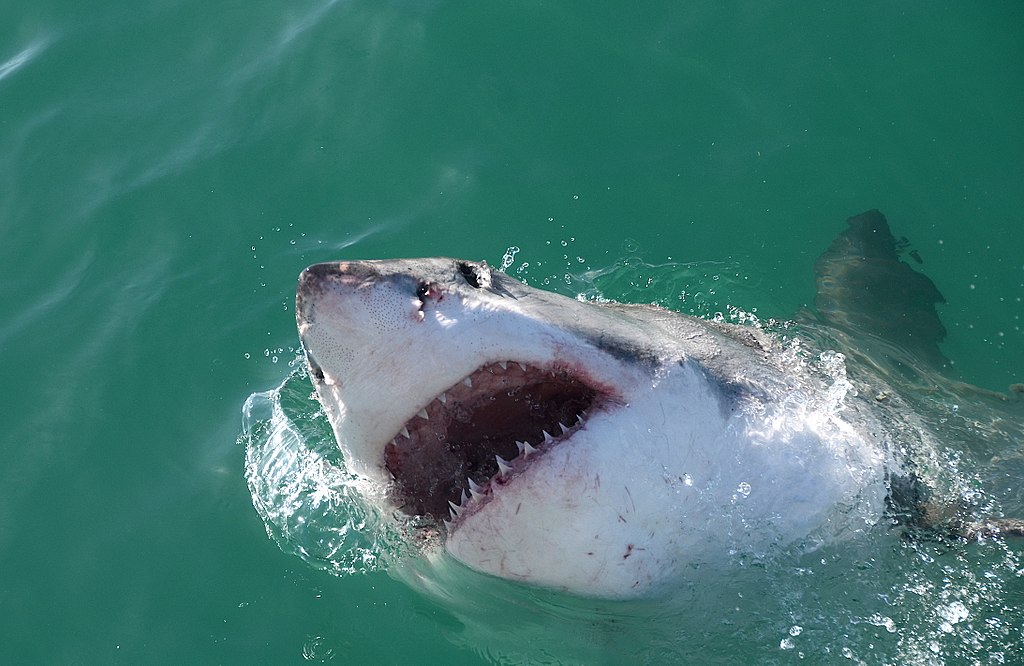
Why Choose a Great White Shark? (Spoiler: You Shouldn’t)
Great white sharks are apex predators, not pets. Their existence is a marvel of evolution—perfectly adapted for hunting seals, fish, and even whales in the open ocean. While their power and grace inspire awe, keeping one in captivity is biologically, ethically, and financially impossible.
Key Reasons They Don’t Belong in Captivity:
✔ They grow massive – Up to 6+ meters (20 feet) and 2.5 tons.
✔ They need endless space – Migrate thousands of miles yearly.
✔ They’re obligate ram ventilators – Must swim nonstop to breathe.
✔ They eat large prey – Seals, dolphins, and even other sharks.
✔ They’re highly intelligent – Not trainable like dolphins or orcas.
Attempting to keep one would be cruel, dangerous, and astronomically expensive.
Handling and Temperament
“Look, But Don’t Touch”
Great white sharks are not animals you can “handle.” Unlike docile reptiles or even large aquarium fish, these predators are wild, powerful, and instinctively aggressive when threatened.
Why Handling Is Impossible:
- Size & Strength: Even juveniles (1.5+ meters at birth) can inflict severe injuries. Adults can bite through steel cages.
- Natural Instincts: They investigate with their mouths—an “exploratory nibble” could remove a limb.
- Stress Response: Unlike geckos (which drop tails), a stressed shark may attack or refuse food.
The Only Safe Way to Interact:
✅ Cage diving (with professionals).
✅ Observing from boats (with chumming experts).
❌ Never attempt to touch or restrain one.
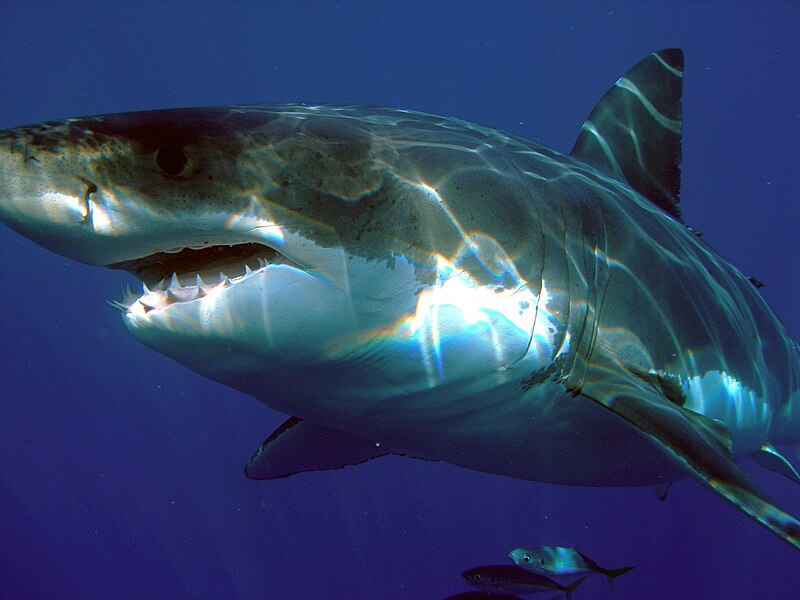
Care and Maintenance
A Logistical Nightmare
No aquarium has successfully kept a great white shark long-term. The Monterey Bay Aquarium briefly housed juveniles (max: 198 days), but all attempts ended in:
✔ Death (most common).
✔ Release (due to refusal to eat).
✔ Aggression (attacking tankmates).
What Would It Take?
- Tank Size: 6+ million gallons (Georgia Aquarium’s whale shark tank).
- Water Flow: Constant, high-speed currents (they must swim to breathe).
- Temperature Control: 12–24°C (54–75°F)—too warm or cold kills them.
- Diet: Live seals, large fish, and marine mammals (no commercial food exists).
Biggest Challenges:
✔ Rostrum Damage – Sharks crash into walls in captivity.
✔ Feeding Issues – They often refuse food and starve.
✔ Tankmate Safety – They eat other sharks and fish.
Bottom Line: Even Bond villains wouldn’t attempt this.
Health and Durability
Built for the Wild, Not for Tanks
In the ocean, great whites thrive for 70+ years, surviving brutal fights and deep scars. But in captivity:
✔ Most die within days from stress.
✔ Suffer injuries from tank collisions.
✔ Fail to adapt to artificial environments.
Why They Can’t Be “Pets”:
- No Captive Breeding – All attempts fail.
- No Medical Knowledge – Few vets can treat them.
- No Recovery Options – Once stressed, they rarely recover.
The only ethical way to protect them? Conservation in the wild.
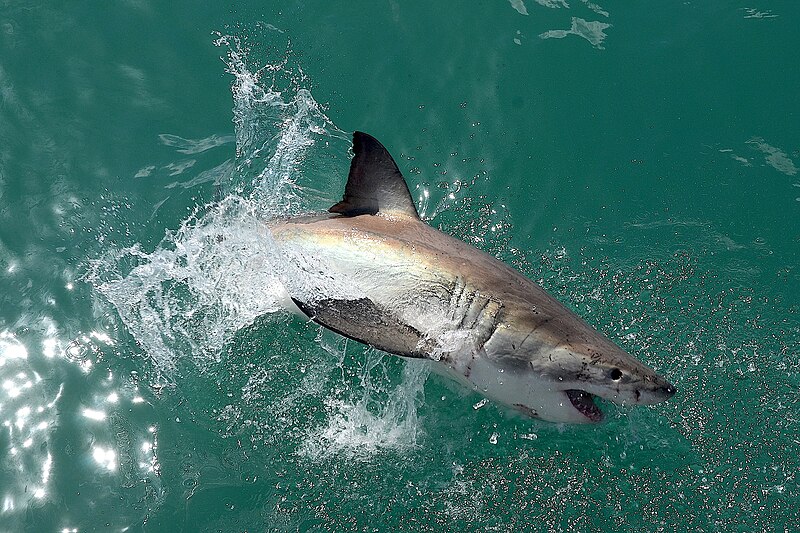
Availability and Cost
You Literally Can’t Buy One
Great white sharks are:
✔ Protected globally (no legal trade).
✔ Nearly impossible to transport alive.
✔ Only seen in the wild or rare aquariums (temporarily).
Hypothetical Costs (If It Were Possible):
- Tank Construction: $500+ million (6+ million gallons).
- Seal Feeding Program: $1M+/year (live prey).
- Maintenance: $10M+/year (filtration, staff, vet care).
Verdict: Even billionaires wouldn’t waste money on this.
Pros and Cons
Pros (Theoretical Only)
✅ Most impressive predator on Earth.
✅ Fascinating to observe (in the wild).
✅ Helps educate about ocean conservation.
Cons (Reality Check)
❌ Illegal to own.
❌ Impossible to keep alive in captivity.
❌ Requires millions of gallons of seawater.
❌ Eats large, expensive live prey.
❌ Extremely dangerous to handle.
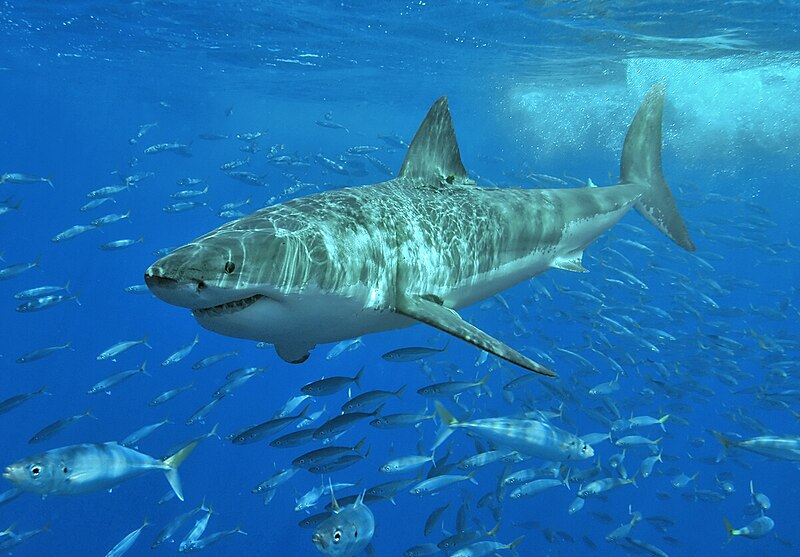
Final Thoughts
The great white shark is one of nature’s most perfect predators—but it is not, and never will be, a pet.
What Should You Do Instead?
✅ Support shark conservation.
✅ Go cage diving (ethically).
✅ Visit aquariums with responsible shark exhibits.
Remember: Some animals are meant to be wild, free, and respected from a distance. The great white shark is one of them.
Want to learn more about sharks? Check out documentaries like Shark Week or visit marine sanctuaries. The ocean is their home—let’s keep it that way. 🦈🌊

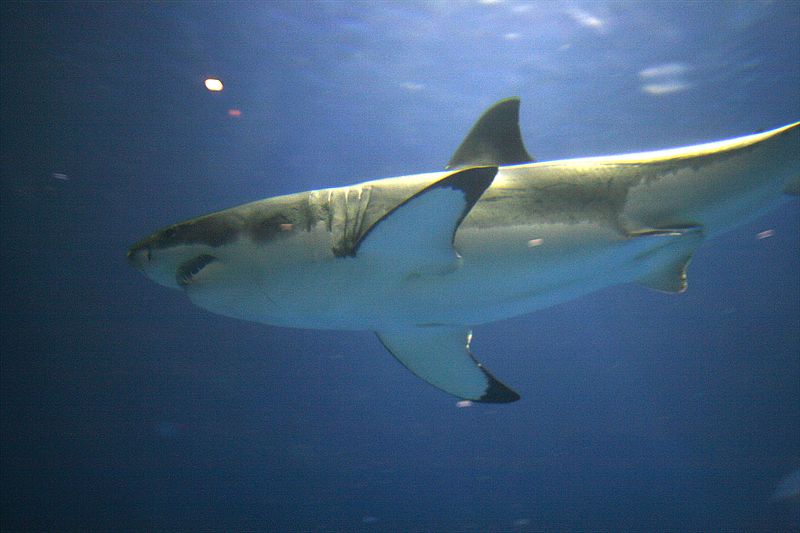

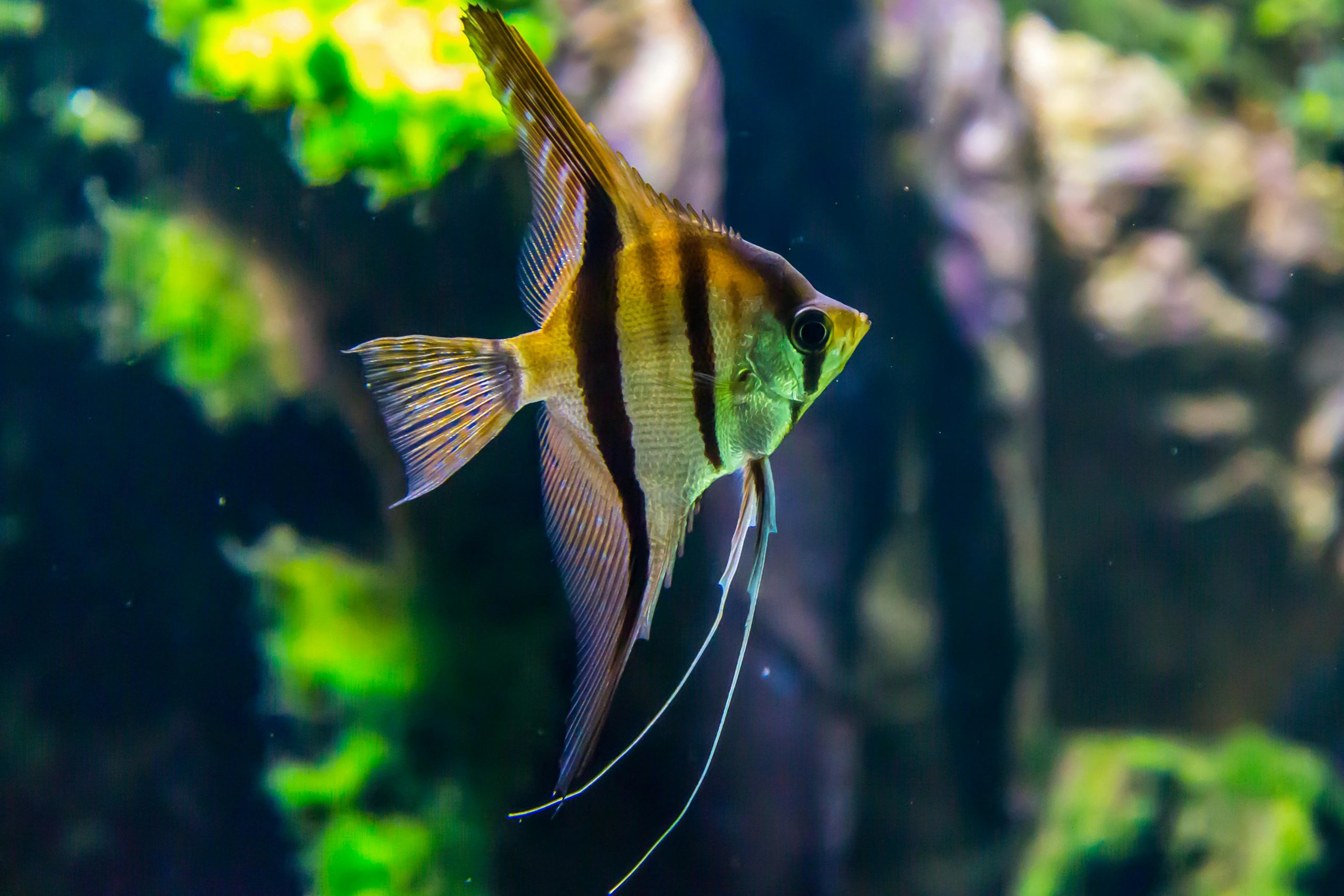
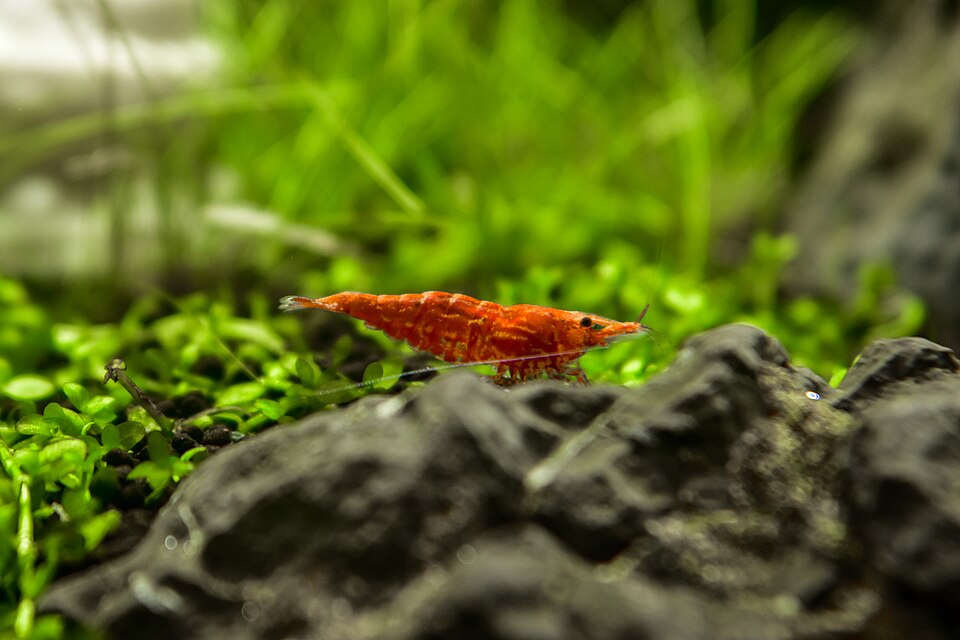

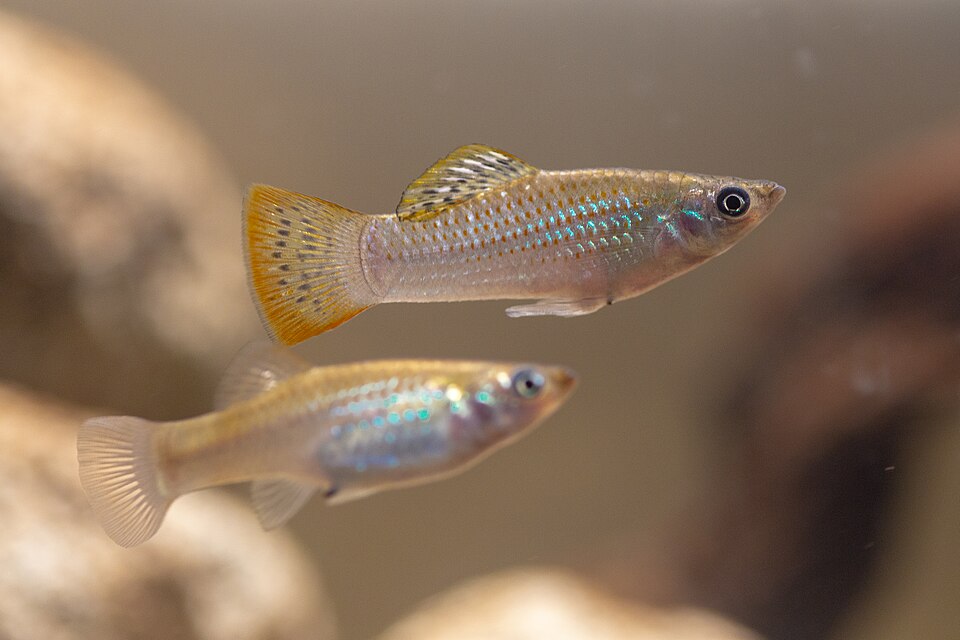
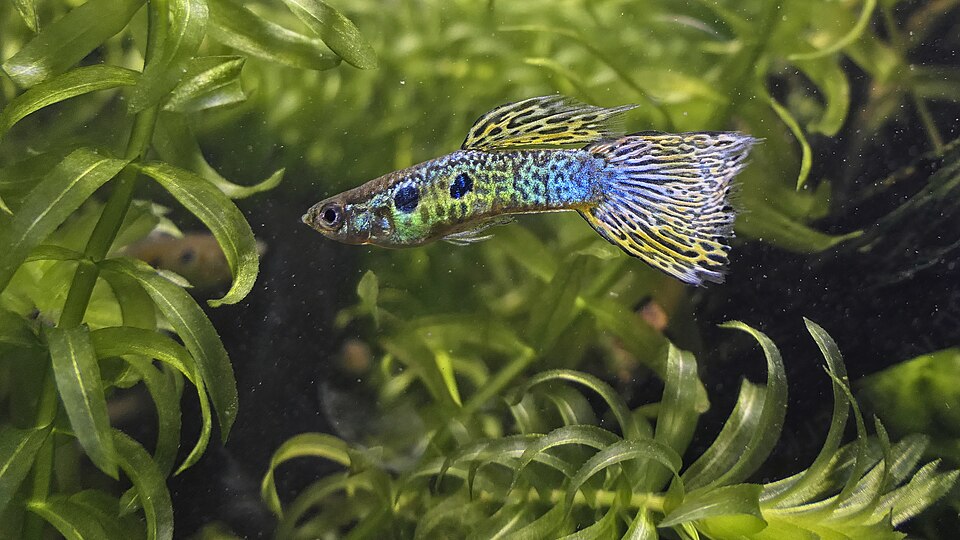
Leave a Reply